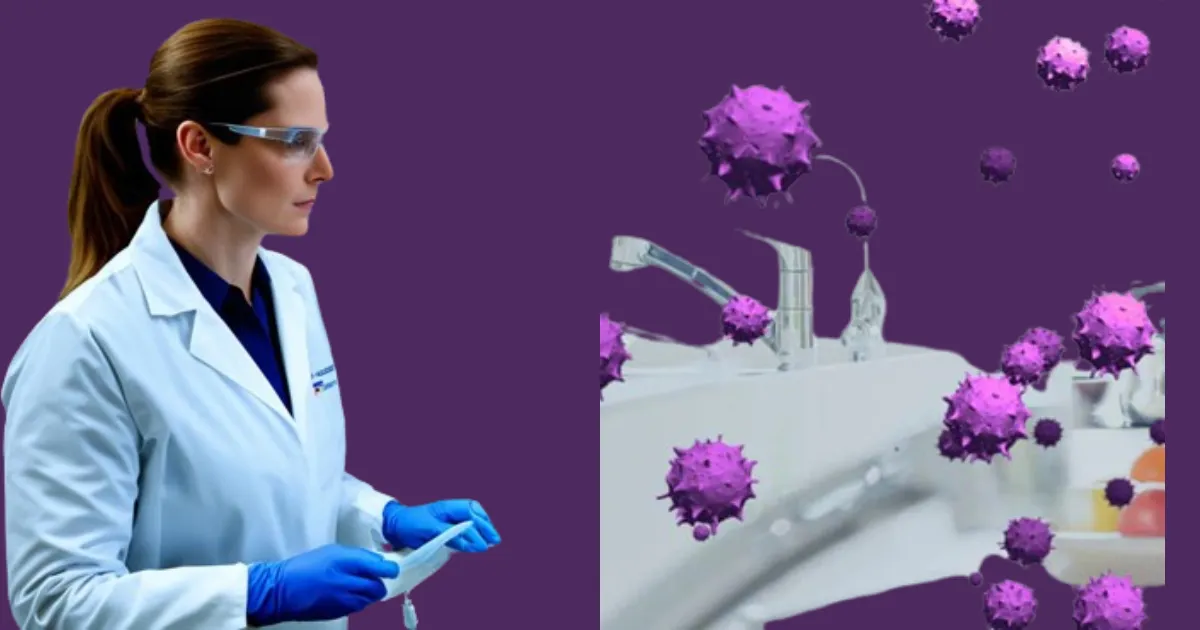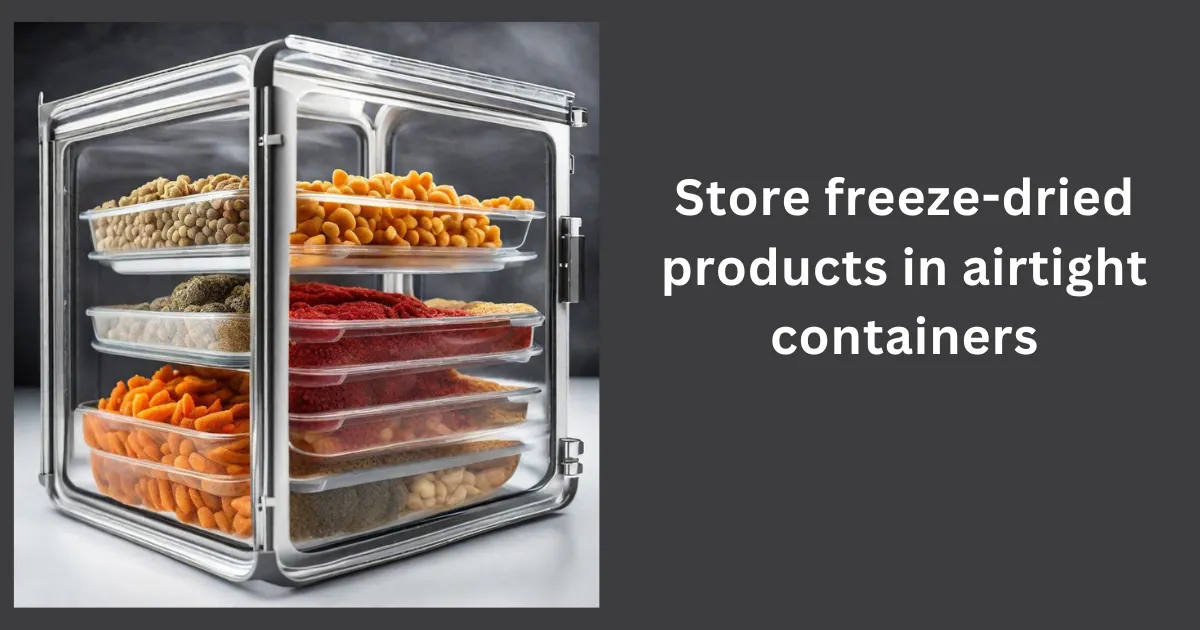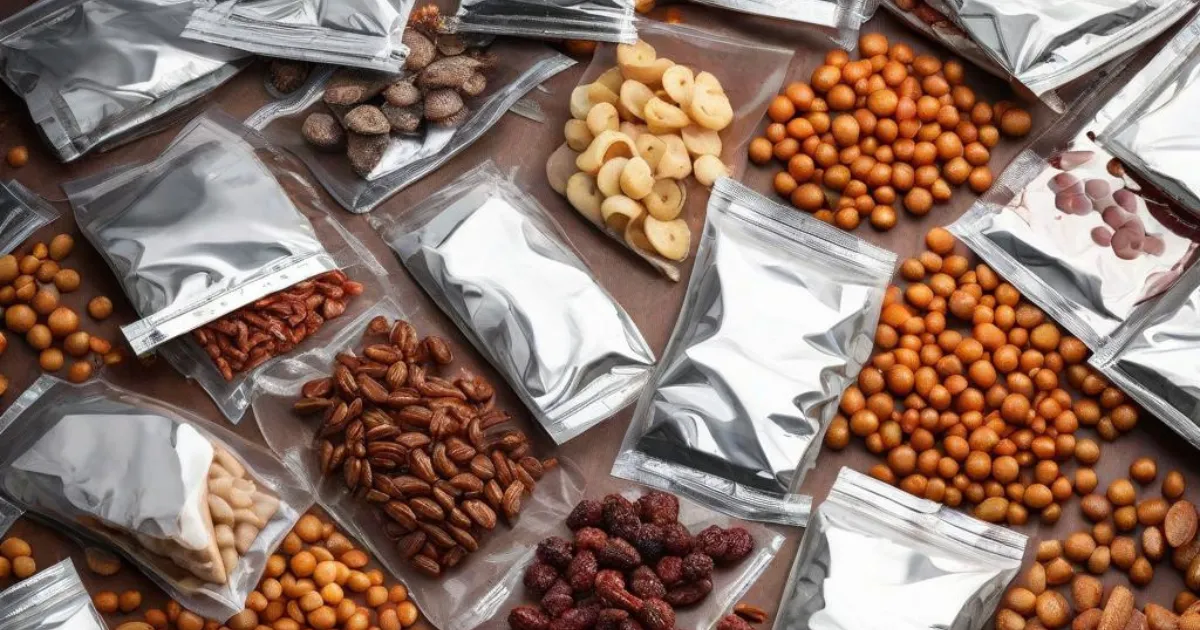Introduction to Freeze-Drying
Does freeze-drying kill parasites? Freeze drying, also known as the lyophilization process or technique, is a process used to extract moisture from food, pharmaceuticals, and other materials while keeping their integrity and structure intact.
In essence, as per the Food and Drug Administration’s (FDA) inspection guides from 2014, freeze-drying involves removing water from a product after it’s frozen and then subjecting it to a vacuum, causing the ice to transition directly from solid to vapor without becoming liquid.
The outcome is a lightweight, dehydrated product renowned for its ability to maintain the nutritional content, flavor, appearance, and shelf life of food items.

Understanding Parasites
Parasites are creatures that reside on or within their host, another organism, and gain advantages at the expense of the host. They can range from microscopic organisms like protozoa to larger organisms like worms. Parasites can cause various diseases and health issues in humans and animals.

Certain parasites, such Giardia, Ascaris, and tapeworm, can hide in raw or undercooked animal food. Vomiting, diarrhea, and stomach cramps can all be brought on by contamination. The good news is that most parasites are killed when food is completely cooked or frozen, including freeze-drying.
Can freeze-drying kill parasites?
The effectiveness of freeze drying in killing parasites depends on several factors, including the type of parasite, its life stage, and the conditions during freeze drying. While freeze drying can destroy some parasites, particularly those vulnerable to extreme cold temperatures, it may not be effective against all types.
Research studies have shown mixed results regarding the efficacy of freeze drying in killing parasites. Some studies suggest that certain parasites, such as some types of bacteria and fungi, may be effectively eliminated through freeze drying. However, other parasites, especially those with resistant life stages or structures, may survive the process.
Food safety concerns
Freeze-drying is widely used to preserve food products as well as microbiological samples; therefore, freeze-drying is not regarded as a microbiological ‘kill step’ for any food process. Numerous microorganisms are capable of withstanding the freeze-drying procedure, including certain bacteria and parasites. Organisms surviving freeze-drying in stasis can become viable and thrive if conditions become favorable for their growth. There is a chance that freeze-dried products include dangerous health risks if the resurrected organisms are pathogenic in nature.


